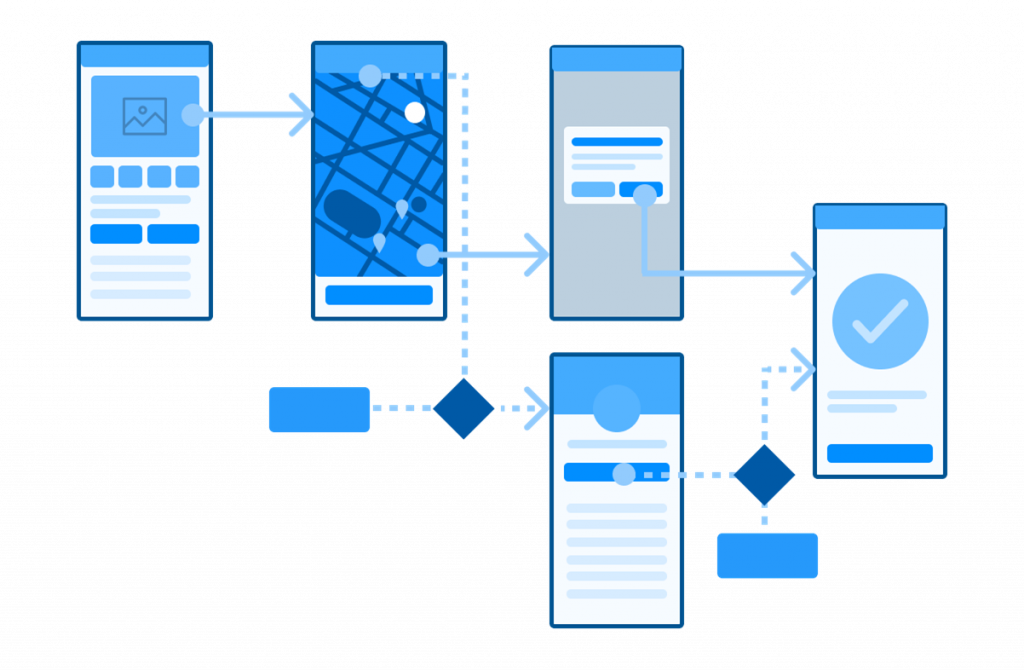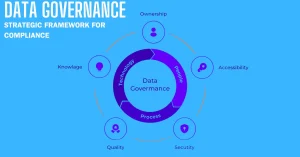User flows are essential to design features that simplify the interaction of users with a web product. When browsing a website, you will click tabs that lead you to different sections. These pathways are known as user flows. You can represent a user flow in written or digital format. Thus, it shows the avenues that customers follow when using a particular site or app.
User flow in UX design is an essential aspect that aims to improve user experience. The chart starts where the consumer interacts with a web product until the last action. It could be account registration or buying an item from the site. This entire process gives designers a chance to assess and ensure the users get an optimal experience. Thus, user flows also lead companies to get high customer conversion rates.
This article helps you gain an in-depth understanding of user flows and why they are important in UX design.
What Are the User Flows?
As mentioned above, a user flow is an interface path that users follow to complete a particular action. It represents how users move through an app or a website. For instance, the tasks could involve making reservations, subscribing to services, or shopping online.
Importance of User Flows
Now that you understand the definition of a user flow, let us explore the benefits of UX design. If you are a designer, you must study the user flow of the product you are developing. It could be an application or a website.
Here are reasons why user flows are essential in the design process.
Intuitive Interfaces
One major advantage of UX flows is the design team’s ability to create intuitive and engaging interfaces. Customers will quickly move through the product without resistance when completing the tasks. Hence, the flow increases conversion rates. It helps users save time without browsing aimlessly on the website looking for directions.
The UX designers incorporate user flow to assist them in evaluating and making the interface more efficient for users. So, you can use navigate a website or application without friction.
Assessment of the Existing Interface
You can make your product better for the market. If you already have an existing website, a user flow chart will help you to introduce better features.
The charts enable designers to identify the strengths and weaknesses of the product. You will know the functional and dysfunctional areas and find practical improvements.
User flows help the UX designers to understand why the users encounter friction at a particular point. They will then work on fixing the issues through a detailed blueprint. You will get a clear picture of the user journey and the routes for efficient task completion. Hence, the charts allow you to create sensible patterns and screens that flow seamlessly in each section.
Planning
It is easy for UX designers to get mixed up in features and design details without the user flow. You need a user flow to help you during the planning phase of the design process. It offers a broader angle during product development. So, you can develop usable web products efficiently without complications.
You will understand the target market, user goals, and expectations. Not forgetting the crucial paths required for efficient task completion.
Effective Communication
The design team usually presents a web product to the company stakeholders or clients before delivery. Using flow charts come in handy during such presentations for effective communication. Most of these clients are not UX designers, and using the charts will help them understand the product. A user flow depicts a breakdown of the user journey in steps. The team visualizes the entire product flow from the sign-up tab to the last task.
Therefore, the client can become part of the discussion because they understand the product development process. In short, user flows are pretty beneficial in improving brand productivity and communication.
Focus on User Experience
Even though the design details are important, user flows tend to focus more on users’ needs. The flow shows the entire process and leaves room for designers to develop customer-oriented interfaces.
One thing that stands out in user flows is the ability to display the connection between products and users. You will know whether the product offers a smooth experience or not.
Documentation
User flows are essential for record-keeping. You can refer to the flow chart when you want to review your UX design. It simplifies project reviewing and ensures each flow is adequately captured.
Team Collaboration
Communication is a necessary aspect for successful product development. The design team comprises project managers, designers, developers, and other experts. Thus, user flows allow the team to collaborate efficiently through the design process. The designers can hold discussions and agree on a unanimous user interface without complications.
Minimal Design Errors
Sometimes designers can make mistakes during product development. These errors are often costly, resulting in lost time and clients. So, incorporating user flows mitigates the risk of design errors. In addition, it saves time for designers to go back and rectify the mistakes. Altering the codes is time-consuming and expensive for the company. This might result in unnecessary overheads.
In contrast, making changes on a user flow chart takes a few minutes, and you are good to go.
Understanding User Flows Is Vital
Web designers develop intuitive designs with the help of user flows. When a user can browse through a website seamlessly, the product is successful. UX designers aim to provide an excellent user experience without friction. If consumers use a site without confusing paths, they will complete the intended task efficiently. It could be buying an item or signing up on an app. Besides, they will become loyal to the brand because of the efficient experience.
User flows are perfect design tools since they help assess product efficiency and intuitiveness. Similarly, the flow charts are beneficial in communicating the design process to investors and other business partners. Presenting a visual will be a great way of preventing future frustrations. It is indeed a map to UX success.





